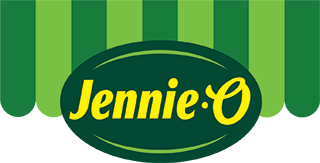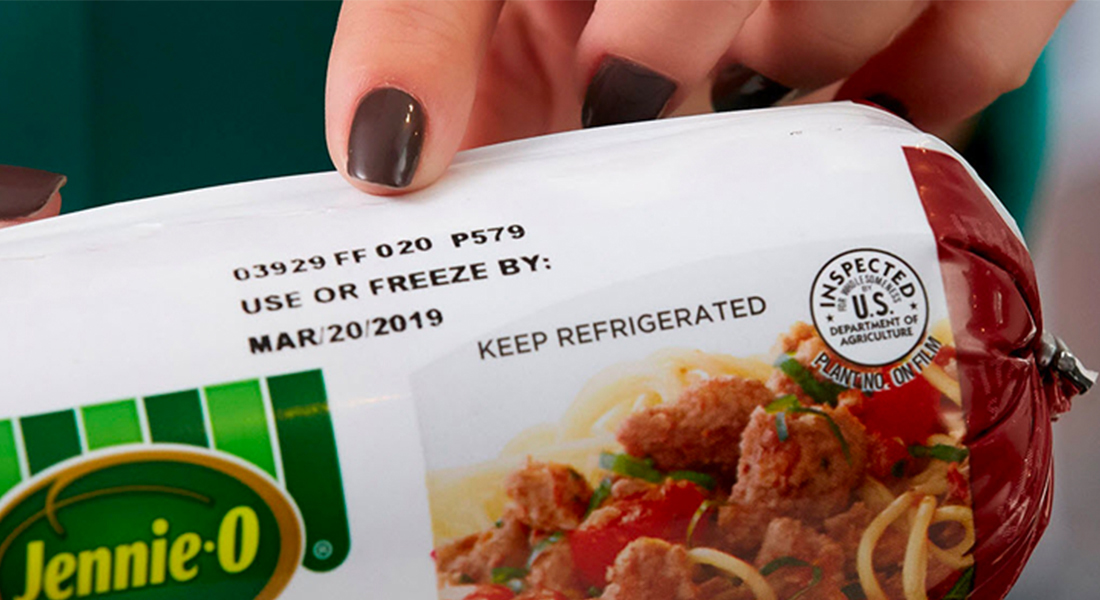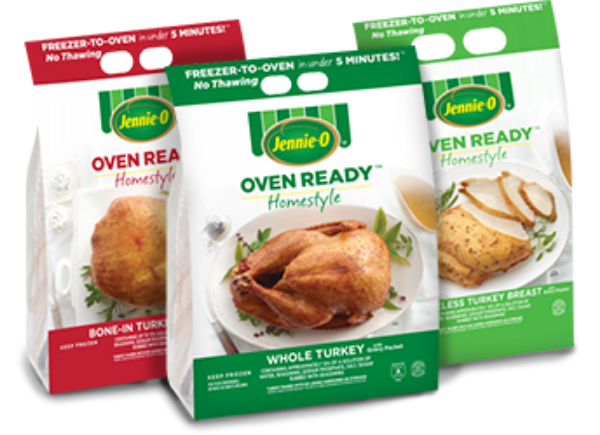It’s one of the great mysteries of modern day grocery shopping.
“We do get a lot of questions about it,” said Chris Anderson, consumer engagement specialist at Hormel Foods. “A lot of people want to know, ‘What are all these numbers and letters about?’ and ‘Does best if sold by mean it’s still okay to eat?’”
Code dates. That wonderfully confusing jumble of letters and numbers. What do they all mean?
“Actually, code dates are extremely important information for us,” said Richard Carlson, the vice president of quality management for Hormel Foods. “Code dates tell us exactly when and where an item was produced. In the event we need to bring product back or trace an issue with the production, the code date is our main source of information.”
Tracking down product information for manufacturers like Hormel Foods is vitally important, but it’s also important that consumers understand code dates as well, “Because it’s our way to communicate the proper timeframe to prepare and consume a product,” Carlson added. “Especially on perishable items like fresh meat and readyto-eat meat, the code dates are important for people to understand. We want to make sure we have the most accurate shelf life while still maintaining and communicating the utmost attention to food safety.”
It is important to note that the United States does not have a uniform system of coding expiration dates on food products, according to the U.S. Department of Agriculture. The federal government requires expiration dates only on baby foods and infant formula. Other dating on food products is voluntary, and this is one reason why manufacturers use different terms and why similar products from different manufacturers may have completely different variations for their own date qualifiers.
“The other important thing to keep in mind is that once you open the package, the code date becomes less meaningful,” added Carlson. “After a perishable product’s package has been opened, the product must be stored properly and consumed within three to five days.”
In the end, consumers should always pay attention to the instructions on the package and use their best judgment about food products.
“Use all of your senses, especially eyes, nose and touch. If it doesn’t look right, smell right or feel right, it’s better to discard the product and avoid an unpleasant experience,” Carlson recommended.
Another resource to verify the safety of a food item is to call the phone number listed on the package. “We’re here to help. If people have questions about a product, give us a ring, send an email or contact us via our social media channels.” Anderson added. “We’ll have the answer.” So, What Does It All Mean? Even though formats may vary from product to product, this quick reference guide is a good resource for decoding code dates.
Sell By Date
This date tells the store how long to display the product for sale. You should buy the product before that date. You should always pay attention to the instructions on the package and use your best judgment about when to consume the product.
Best by Date
This date is recommended for best flavor or quality. It is not a purchase or safety date. These terms are typically used on products that lose flavor and texture well before they would be unsafe to eat, like chips and sodas.
Use by Date
This date is the last date recommended for the use of the product while at peak quality. This date has been determined by the manufacturer of the product.
Expires on Date
This is the last date that a product can be used. These terms are commonly found on items that perish quickly, like milk and eggs. These are products that may go bad shortly after that date. Additionally, this term is also found on infant formula, which is one of the few items the federal government requires an expiration date on.
Use or Freeze By Date
Certain products can be frozen to prolong their life. This date indicates the last possible day to either prepare the product or freeze it. In most cases, items can be stored in a freezer for up to six months, then thawed in a refrigerator for two to three days and then prepared.
Closed or Coded Dates
“Closed dates” or “coded dates” are packing numbers for use by the manufacturer. These may be hard to decipher or may appear to be an arbitrary string of numbers and letters, as they are not typically intended to be used by consumers. Each manufacturer has its own system for coding packages with these, but sometimes these dates can give you additional information, such as when the product was made. Oftentimes, these codes are accompanied by one of the above date descriptions.
Example: L18325
“L” means lot code, “18” is the year produced and “325” is the day of the year produced.


